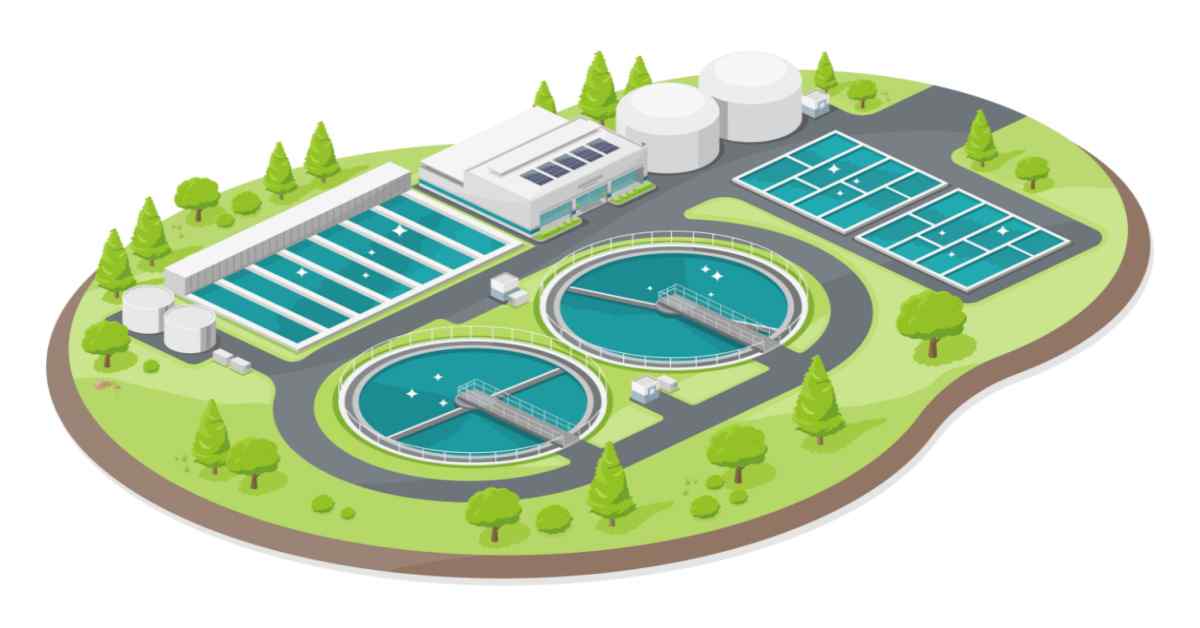How Wastewater Treatment Helps Enhance Water Reuse Capabilities
How Wastewater Treatment Helps Enhance Water Reuse Capabilities
Blog Article
Understanding Wastewater Therapy Processes and Their Environmental Influence
The intricacies of wastewater therapy processes play a pivotal duty in mitigating ecological challenges linked with water air pollution. Each stage, from initial to innovative therapies, is made to attend to particular impurities, ultimately securing both public health and wellness and aquatic communities.
Overview of Wastewater Treatment
Exactly how is wastewater transformed right into a risk-free source for the atmosphere? Wastewater therapy is a critical process developed to remove impurities from utilized water, thereby securing public health and wellness and safeguarding communities. This process starts with the collection of wastewater from household, commercial, and business sources, which is after that directed to therapy centers.
At these centers, different physical, chemical, and biological techniques are used to treat the wastewater. Subsequently, organic treatments, such as triggered sludge processes, make use of microbes to damage down natural matter.
The treated effluent can be safely discharged right into all-natural water bodies or reused for irrigation and industrial functions, promoting resource preservation. Additionally, the treatment process produces biosolids, which can be repurposed as plant foods or soil modifications, even more improving sustainability.
Phases of Therapy Processes
The wastewater therapy process usually is composed of three main stages: initial, main, and additional therapy. Each phase offers a distinct duty in reducing the pollutant lots and making sure the effluent meets environmental requirements before discharge.

The main therapy stage focuses on the physical separation of put on hold solids from the wastewater. With sedimentation, larger bits work out at the end of sedimentation containers, creating sludge, while lighter products, such as oils and greases, float to the surface area and are skimmed. This procedure considerably minimizes the natural and inorganic tons in the wastewater.
Second therapy is a biological process intended at more minimizing the focus of organic issue. This stage is essential for attaining the needed biochemical oxygen demand (BODY) reduction, ultimately leading to cleaner effluent prepared for discharge or further therapy.

Advanced Treatment Technologies
Following the secondary treatment processes, advanced treatment modern technologies play a vital role in additional improving the top quality of treated wastewater. These technologies are developed to remove residual pollutants that are not successfully eliminated throughout key and secondary therapies, ensuring the effluent fulfills rigid regulative standards.
Among the widely made use of innovative therapy techniques are membrane layer purification, reverse osmosis, and progressed oxidation processes. Membrane layer filtration, consisting of microfiltration and ultrafiltration, works in separating great bits, virus, and colloids from the water (Wastewater). Reverse osmosis utilizes semi-permeable membrane layers to get rid of liquified solids, resulting in top quality water ideal for various applications
Advanced oxidation processes (AOPs) employ solid oxidants to break down natural toxins, including drugs and personal care items that are resistant to standard treatment. These methods enhance the biodegradability of intricate compounds, facilitating their elimination.
Another considerable innovation is the usage of biological nutrient elimination processes, which especially target nitrogen and phosphorus, protecting against eutrophication in receiving water bodies. Overall, advanced therapy modern technologies are important for accomplishing greater degrees of purification, promoting water reuse, and securing public wellness while resolving the obstacles related to wastewater monitoring.
Environmental Benefits of Treatment
Numerous ecological benefits occur from reliable wastewater therapy processes that contribute to ecosystem health and wellness and sustainability. Largely, these procedures significantly lower the launch of dangerous contaminants right into all-natural water bodies, which assists maintain marine ecological communities. By getting rid of pollutants such as heavy steels, nutrients, and microorganisms, treated wastewater mitigates the danger of waterborne conditions and promotes biodiversity in aquatic settings.
Moreover, wastewater therapy facilities usually use innovative technologies that enable water recycling and reuse. This practice not just preserves fresh water sources however also lowers the demand on all-natural water materials. Enhanced nutrient elimination from wastewater can also protect against eutrophication, a process that leads to algal flowers and subsequent oxygen depletion in water systems.
Additionally, reliable treatment processes can lessen greenhouse gas emissions, check my site specifically methane and nitrous oxide, which are often released throughout neglected wastewater disintegration. By capturing and making use of biogas from anaerobic digesters, facilities can convert waste right into renewable power, thereby adding to a decrease in nonrenewable fuel source reliance.
Obstacles and Future Trends
While the ecological advantages of wastewater treatment are clear, a number of obstacles persist that impede ideal results in this area. One significant issue is aging framework, which frequently causes inefficiencies and enhanced functional expenses - you could look here Wastewater. Many treatment plants were made years ago, and their abilities do not line up with modern-day needs, which include stricter governing criteria and higher volumes of wastewater as a result of urbanization

Looking in advance, there is an expanding focus on source healing and circular economic situation concepts within wastewater treatment. Innovations such as anaerobic food digestion, which can create biogas, and advanced purification innovations are gaining grip. These approaches not only boost therapy effectiveness however also advertise sustainability.
Ultimately, addressing these obstacles needs cooperation among stakeholders, investment in modern technology, and a dedication to continuous study. By welcoming these fads, the wastewater treatment sector can progress to satisfy the demands of a changing setting and society.
Verdict
In final thought, wastewater therapy procedures play an essential role in boosting environmental high quality and public health. The Learn More Here multi-stage treatment structure, coupled with sophisticated technologies, successfully minimizes contamination and advertises sustainable water administration. By addressing residual impurities and minimizing nutrition drainage, these procedures add to the conservation of marine environments and the decrease of greenhouse gas discharges. Proceeded developments and adjustments in therapy approaches will be vital for getting over emerging challenges and making certain the sustainability of natural deposits (Wastewater).
Report this page